A summer in Newport, the last bastion of America’s gilded age
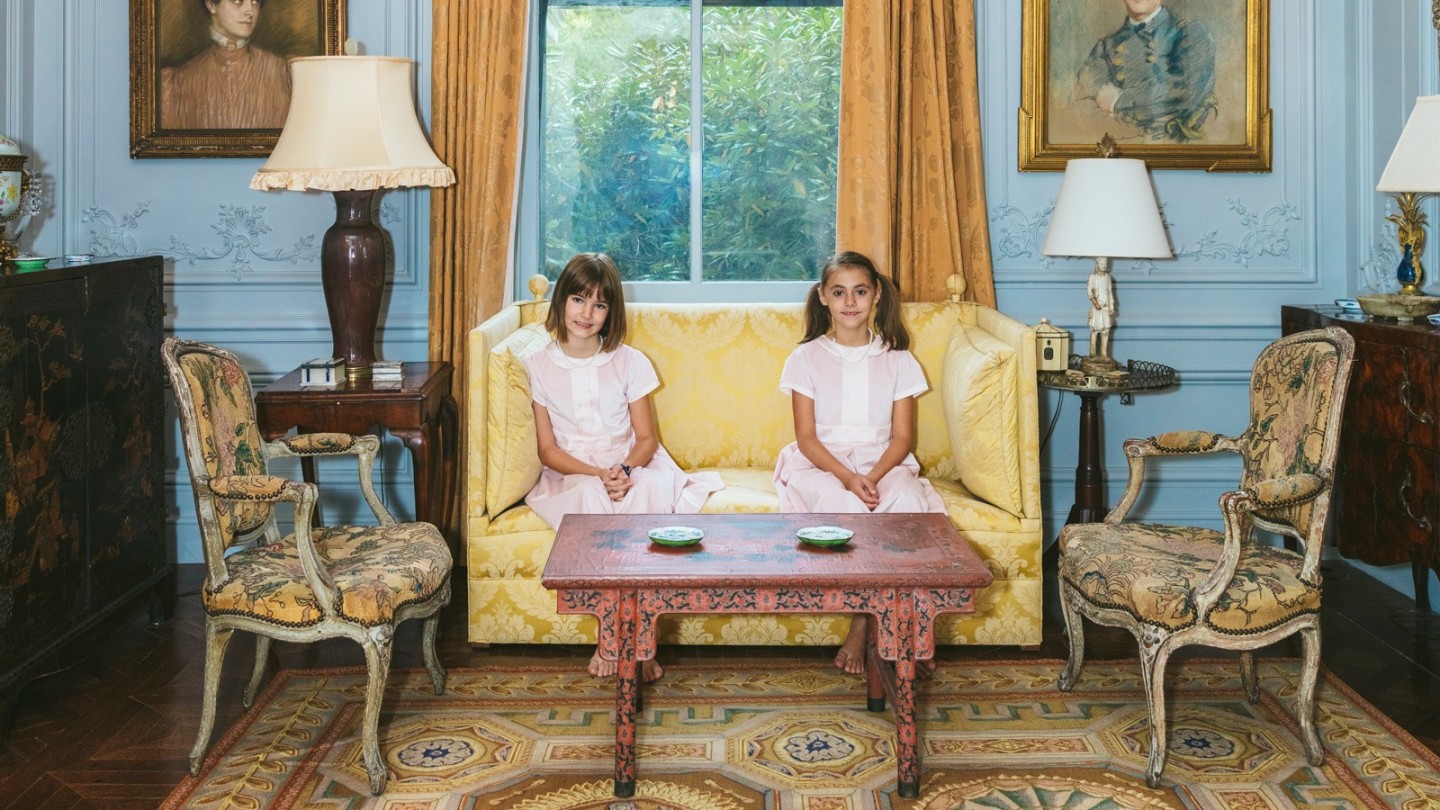
Roula Khalaf, Editor of the FT, selects her favourite stories in this weekly newsletter.
Newport, on the rocky southern tip of Aquidneck Island off Rhode Island, has never taken lightly to change. In the 18th century, British occupation kept industrialists away, leaving the symmetrical clapboard sailors’ houses and dove-white church spires preserved, as if outside of time. Without an industrial economy, Newport began to play to its breezy, beachside charms, marketing itself as a summer destination for wealthy East Coasters; by the mid-19th century, it was the summer home of the Vanderbilts and Astors, the wealthiest families in America, as well as to a community of artists and writers that included Edith Wharton and Henry James. The former built enormous marble mansions along the cliff face, which they referred to as their summer “cottages”. I didn’t fully understand the quotation marks until I visited in blustery late April: the largest is three times the size of the White House.
“The rich, famous and fashionable came to Newport to see and be seen, acting out their social pageant against the backdrop of great Bellevue Avenue houses,” reads the plaque outside Marble House, a neoclassical mansion begun as a birthday present for Alva Vanderbilt in 1888. They thrived there until the early 20th century, when changing fashions, the Great Depression and the introduction of income tax caused a mass selling-off of properties, some for a fraction of their construction cost (Rosecliff, where Jack Clayton’s Great Gatsby was filmed, cost $2.5mn to build in 1902 and sold 40 years later for $21,000). But some families still summer in the houses – still sit around the same imitation Louis XIV dinner tables and eat with the same custom Tiffany cutlery, overlooked by the same John Singer Sargent portraits – as their great ancestors once did.
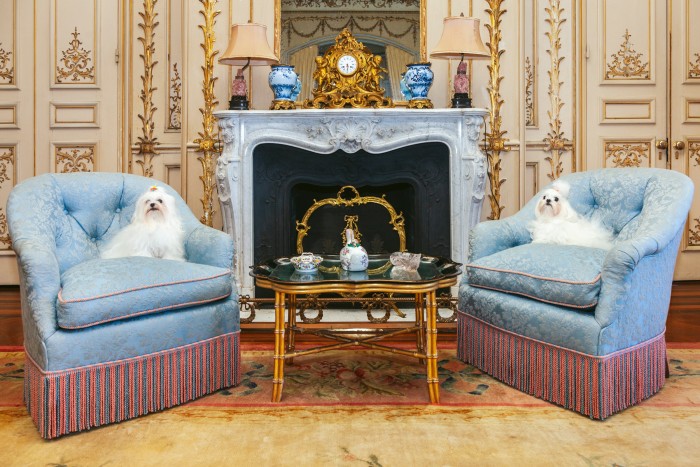
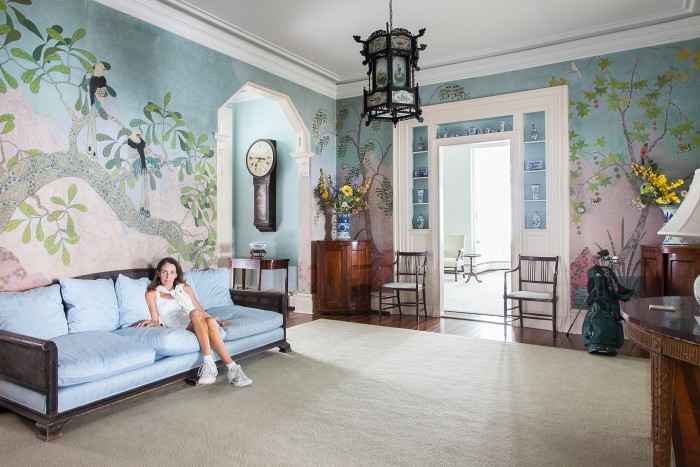
America’s Gilded Age is seeing in a cultural moment: Julian Fellowes’ HBO series of the same name is in its second season of production, and this year’s Gilded Glamour-themed Met Gala saw Adwoa Aboah reference Henry James’ Portrait of a Lady and Billie Eilish cosplay as an 1885 Sargent subject. Now a newly published photography book takes us behind the scenes of one of the last bastions of American high society. A Newport Summer features images by society photographer and Newport native Nick Mele and essays written by Ruthie Sommers, an interior designer who married into its near-aristocratic social scene. Through their eyes, we see that life inside the Bellevue Avenue cottages has remained largely unchanged since Edith Wharton’s depiction of its parties and lawn tennis matches in her 1920 historical novel The Age of Innocence; the images capture both the overwhelming privilege but also the incipient decrepitude of old Newport. Two sisters in matching shell-pink dresses sit beneath symmetrically placed Georgian portraits; two gentlemen in tails enjoy pink champagne on an Atlantic-facing lawn; a woman pokes her head out from behind an ice-pink 1950s fridge in a chintz-papered kitchen. On Cliff Walk, the beautiful coastline trail established by the Narragansett Indians that the cottages now back on to, I caught glimpses through the hedges of the tennis courts and colonnaded back porches that I recognised from Mele’s pictures of lazy summer afternoons. There was however, not a resident in sight – just squadrons of gardeners, mowing a lot of lawns.
Newport is a famously private community. Mele and Sommers wanted to open it up as a way of memorialising their culture and what they claim is a disappearing value system: respect for elders (the book is full of images of grand old ladies), a bohemian distaste for flashiness and a reverence for all things heirloom. It’s also a love letter to the historic houses they grew up among, now at risk both from the ravages of the salt air – “they have cracks in the walls, and they haven’t been updated since the ’50s”, says Mele – and from new money, as wealthy incomers, from New York and Washington and Boston, swoop onto the available real estate.
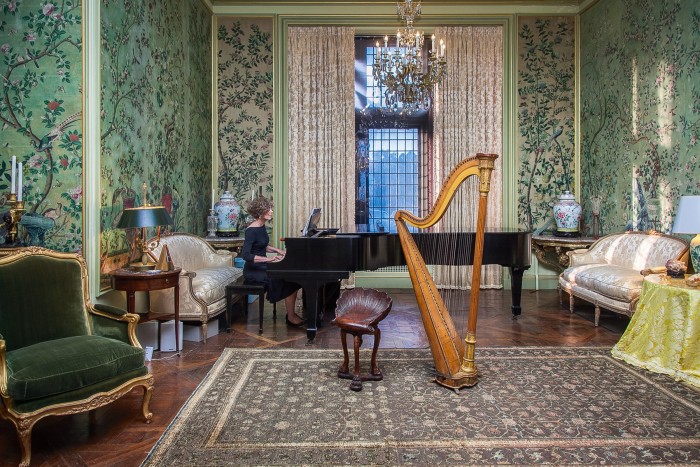
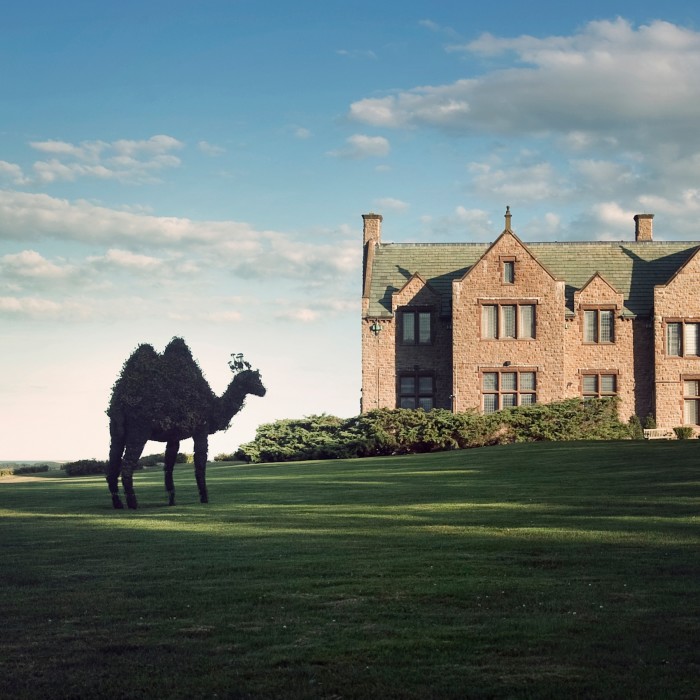
“He’s showing people things that they wouldn’t otherwise be able to see,” says Trudy Coxe, CEO of The Preservation Society of Newport County, of Mele. “It’s quite a stark difference from Palm Beach, where everybody kind of wants their picture taken,” says Mele, who spent his childhood summers in Edith Wharton’s former home, Land’s End, and is the grandson of Marion “Oatsie” Charles, a confidante of Nancy Reagan and frequent subject of the society photographer Slim Aarons. “These [Newport] families really come from a mindset of, ‘You should only be in the newspaper three times: when you’re born, when you get married and when you die.’”
“We’re not trying to lift the veil and be voyeurs on this upper-class society,” says Sommers from her home in Aspen. “We’re trying to lift the veil on authenticity – where we hang our formal gowns on sconces. There’s a lot more construction and renovation coming in now. [But] what we have known is a place where you go and you wear the same pants that you’ve worn for five years in a row.”
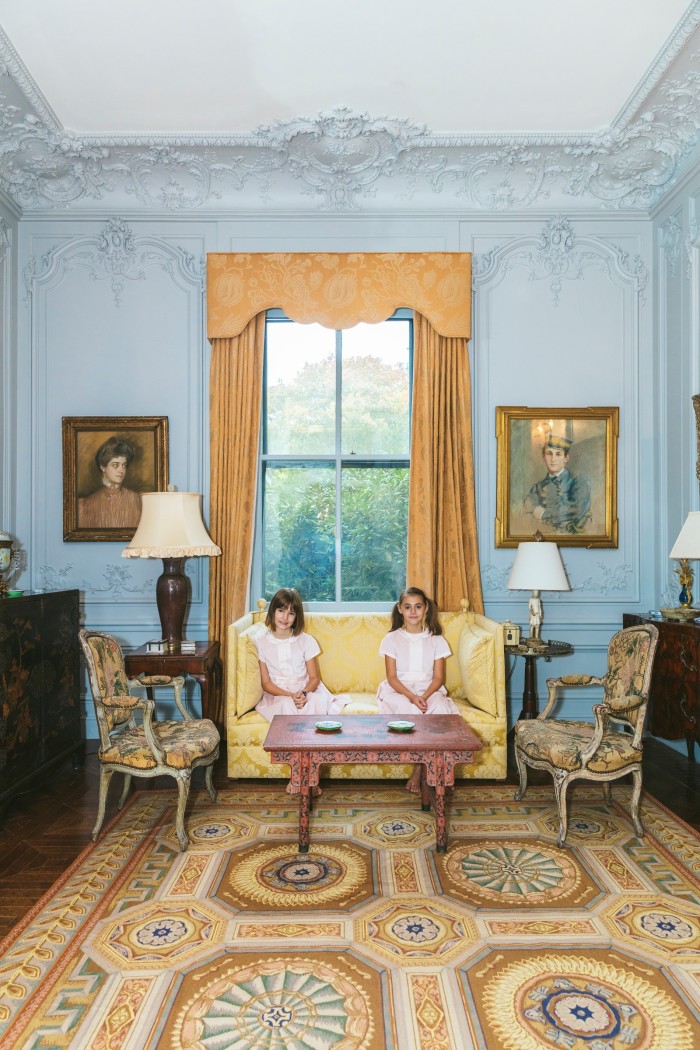
The summer season in Newport kicks off at the end of June with the Preservation Society’s Flower Show, and from 4 July, everybody starts to descend on the town. Says Mele: “Everybody’s excited to be back – a lot of backyard barbecues and going to the beach,” for which Bailey’s Beach Club is the favourite. July also sees the Newport Jazz and Folk festival, and then in August, “There might be a yacht or a racing regatta party” – the Queen’s Cup, or the Morgan Cup – or “some very wealthy person will have an 80th birthday and they’ll throw a big black tie-type thing”.
Dresses tend to be patterned and frill-adorned (Johanna Ortiz is a favoured designer), the jewellery is – naturally – heirloom, the champagne is Taittinger and the cuisine is French. The menus are not dissimilar to those displayed in the basement pantry at Marble House, a chronicle of the Vanderbilts’ 19th-century dinner customs, consommé, white fish and hollandaise sauce, Canvas Back duck with redcurrant jelly, and glace.
The parties take place in private homes, while the big galas are held in the historic mansions, now owned by the Preservation Society (stewards of 10 properties in Newport). The Society will occasionally rent the houses out for private parties – for Sommers’ engagement party, she was “allowed to have one of the only private cocktail parties” at The Elms. When I tried to visit, the gates were locked and sheathed in camo netting; an episode of The Gilded Age was being shot.
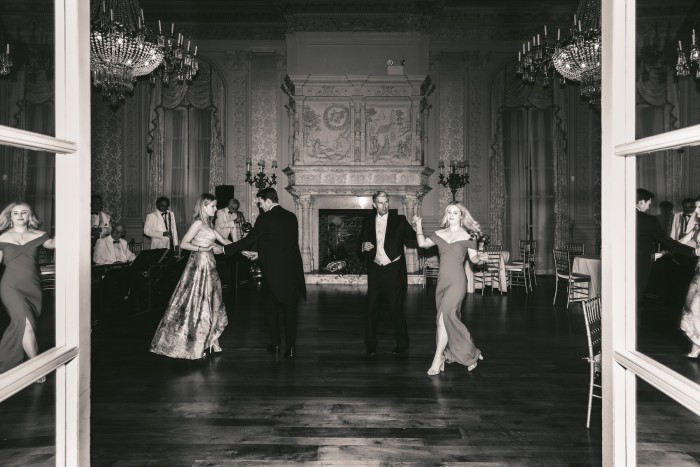
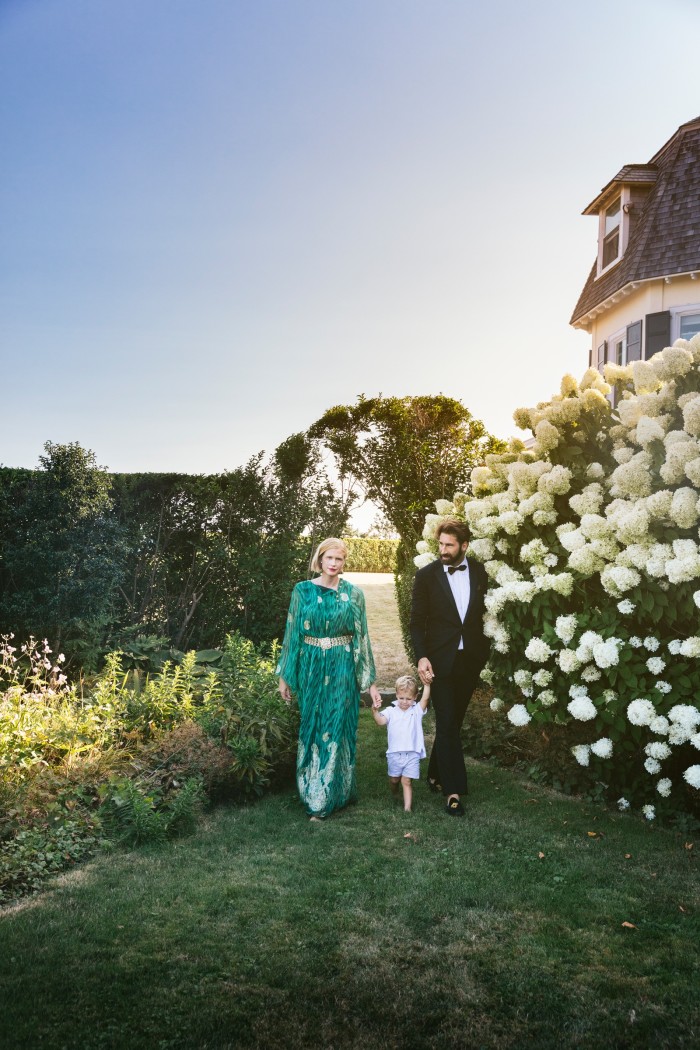
Every summer, says Sommers, she considers missing Newport. “It feels like there’s a carousel.” But unfailingly, around mid-July, “your three friends will be hanging out at the beach, playing backgammon, or lazing around at someone’s house who’s had the party the night before... and every single time people say, ‘This has been the best summer ever.’” Mele remembers when Margaret Thatcher came to visit, and his parents hosted a cocktail party for her before they went out on Steve Forbes’ boat, the Highlander. “My grandmother was quoted as saying, ‘Even though I vote Democrat, I’d much rather party with the Republicans.’”
Old Newport takes pride in its anachronistic customs. Says Sommers: “Whether it be 1820, 1920 or 2020, the stage remains the same. Imagine a gal clutching her grandmother’s pearls in a blue chiffon dress, getting out of a car, entering Rosecliff. I mean, that could be any year.”
“It’s beach by day, golf if you’re a golfer, croquet, tennis, swimming, and then most likely a cocktail hour somewhere, followed by a dinner somewhere, followed by an after-party,” says Patrick Wood-Prince, descendant of one of the oldest families, of the long-established rhythms of the Newport routine. He tells a story about the time he curtsied instead of shaking hands with Queen Elizabeth II when she visited in the early ’70s: “I think I did, like, one leg behind the other and this whole sweeping the floor with my hand as I bowed.”
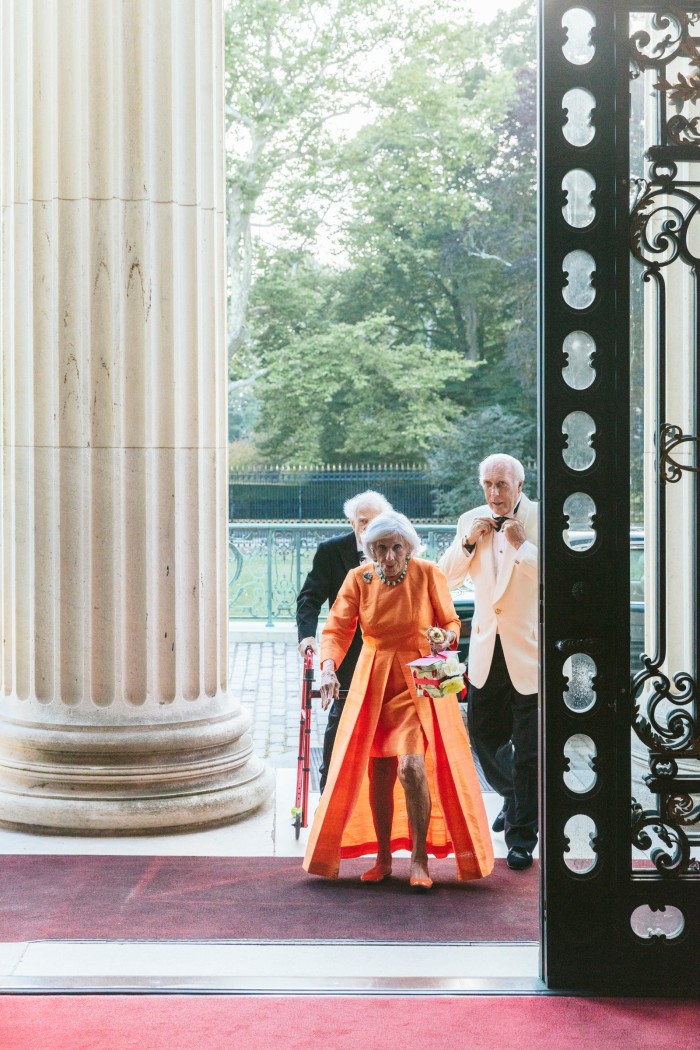
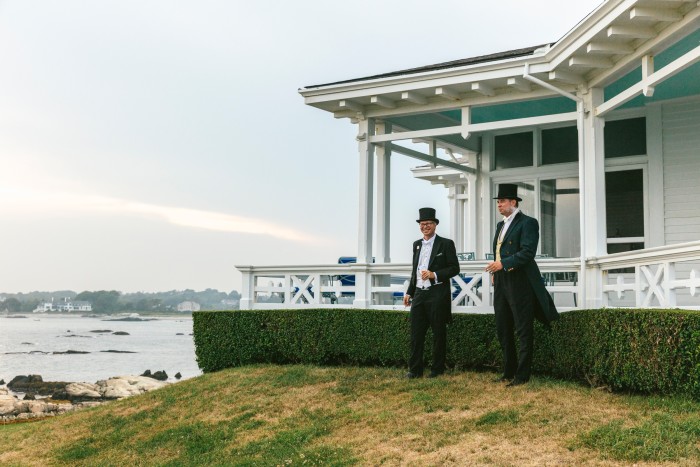
While Sommers and Mele both recall a warm and tolerant society, however, I find the reception rather chillier: people might like to wear the same pair of trousers year-on-year, but when I wore mine to meet Sommers, she remarked, with good humour and a touch of annoyance, that I looked like “a little boy”. Nor is the atmosphere overtly friendly. It’s stridently traditional for a start: a world in which a sports car might be frowned upon, where the butler’s pantry is still presided over by a butler, jewellery thefts go unreported to avoid scandal and party guests are still announced via receiving lines.
“People will come to see our values – that we’re not interested in buying the brand-new car or having the shiny…” Sommers breaks off. “Heirloom jewellery is much more important.” Her words recall Miss Jackson in The Age of Innocence pronouncing on prevailing tastes: “In my youth [...] it was considered vulgar to dress in the newest fashions; and Amy Sillerton has always told me that in Boston the rule was to put away one’s Paris dresses for two years”. It’s a set of values that is no doubt admirable on the surface, but which could also be read as traditional elitism.
If Newport’s values are quietly maintained by the established families, however, the Preservation Society, one of the most powerful and well-funded architectural preservation non-profits in the US, is where the real authority lies. When it was established in 1945, the system worked as such: families gifted or sold their houses to the Society below market price when they could no longer afford upkeep. The biggest and most important historical houses were opened to the public (currently 11 can be visited), while for lower-key properties, the Society sought potential buyers who would respect the historic infrastructure: a letter from them opposing or supporting a sale could make or break a deal.
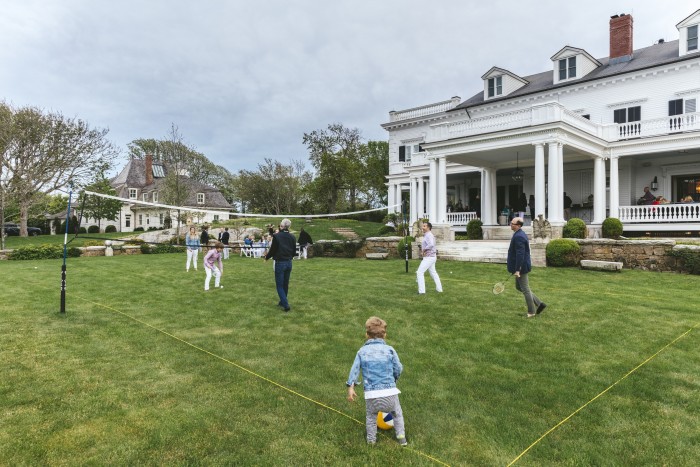
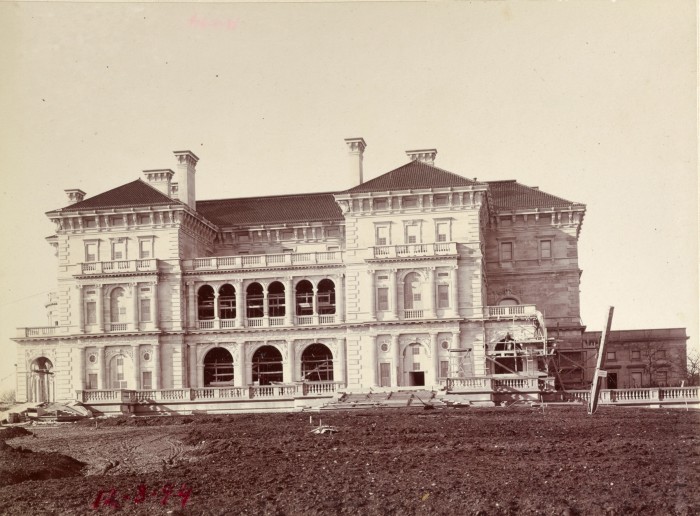
Today, the Society takes more of an advocacy role – supporting or speaking out against development. It runs a slick operation, giving an average of a million tours a year with expert guides (my own, of the Vanderbilts’ Italian Renaissance mansion The Breakers, was excellent). Many local balls fund it, clearly quite successfully: Marble House was so well heated that the cream stone walls were warm to the touch. Relations between the Preservation Society and the families are civil – when I meet Coxe in her grand office on Bellevue, she’s worrying that she sent a thank you for a $25,000 donation to the wrong email address – but they are also emotionally complex. According to Anderson Cooper’s Vanderbilt, in 2018 Gladys Szápáry was “kicked out” of the third-floor apartment she occupied in The Breakers, allegedly because she opposed the erection of a visitor’s centre on the grounds. Szápáry’s grandmother had leased the property to the Society in 1947 for $1 per year, and her children sold the Society the house and most of its furnishings for $366,475 (now around $2.4mn), on the condition she be allowed life tenancy. Her grandchildren Gladys and Paul Szápáry had been permitted to remain after their grandmother’s death because the Society felt “it will be helpful to us to be able to tell our visitors that the original owners’ great-grandchildren continue to live in the house”. Eventually, though, the Society claimed that “the ventilation, electrical and plumbing systems, while completely safe for museum use, were dangerously outdated for residual use” and “correspondingly” Gladys’s occupation was “voluntarily discontinued”.
Stories like Szápáry’s are a warning of sorts. “A lot of families made a lot of money at the turn of the century, and then subsequent generations didn’t really do much,” says Mele. “So, the money – they’re holding on to it for dear life. My generation are now the ones that have to get jobs.” There’s a “strong desire for families that have been around for several generations to maintain a presence here, and be part of the inner circle”, seconds Coxe. “And they work pretty hard.”
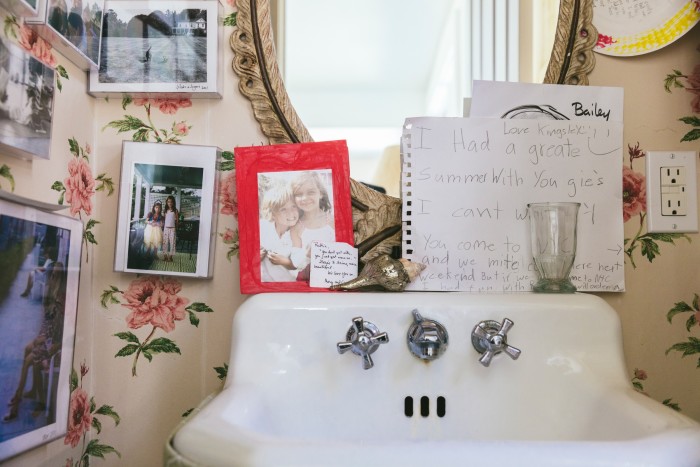
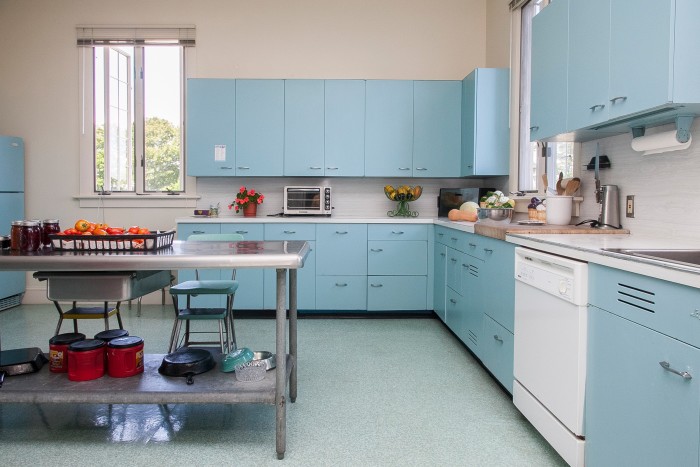
But the new money is filtering in. TED Conference founder Richard Saul Wurman bought (and sold) The Orchard, a eucalyptus-green-gated property on Narragansett Avenue. Stephen A Schwarzman, CEO and co-founder of Blackstone (estimated net worth: $30.4bn), has just bought one of the largest homes, Miramar, built by a Philadelphia transportation magnate who died on the Titanic.
The incomers bring with them complicated social tensions. “The people who come in with tons of money and start spending aren’t really accepted,” says Mele. “Those are the people who don’t get into the country club. Nobody cares how much money you have or anything like that. It’s more how interesting you are and how eccentric and fun. My parents were snobs, but snobs for interesting people. They didn’t care where you came from.”
That Schwarzman looks likely to retain the historic integrity of Miramar is a relief to the community. “I think he has a commitment to preservation and wants to tell the story of what that house would have looked like,” says Coxe. “And, you know, he’s got the wherewithal to really make it the best of the best, so we’ll see.” Sommers, a Southern girl by birth, is more open to outsiders. “That’s the way that America started. I mean, that’s the way Newport started. Newport was new money.”
Downtown, next to the mansion Alfred Vanderbilt built to house his mistress (now the sumptuous Vanderbilt Hotel, where I had a very pleasant stay), is one of the oldest districts of Newport, known as The Point. The streets of nearby Historic Hill are lined with quaint antiques shops, excellent vintage stores (worth a visit to see the cast-off ball gowns), coffee shops and row upon row of pretty clapboard sailors’ cottages that date back to the early 1700s, when the city was a hive of merchants trading fish and furniture. Painted in muted tones of chalk blue, oxblood, school-bus yellow and matte black, with many now flying Ukrainian flags above the doors, they boast plaques designating them historically important buildings, many maintained by Doris Duke’s Newport Restoration Foundation. Duke was the 20th-century Lucky Strike tobacco heiress who inherited the equivalent of over a billion dollars at the age of 12, earning her the nickname “the richest girl in the world”. She became a fixture on the Newport social and philanthropic scene, beginning to buy the cottages in the 1960s to save them from development, restoring them, and leasing them out on the condition that tenants respect their historical character.
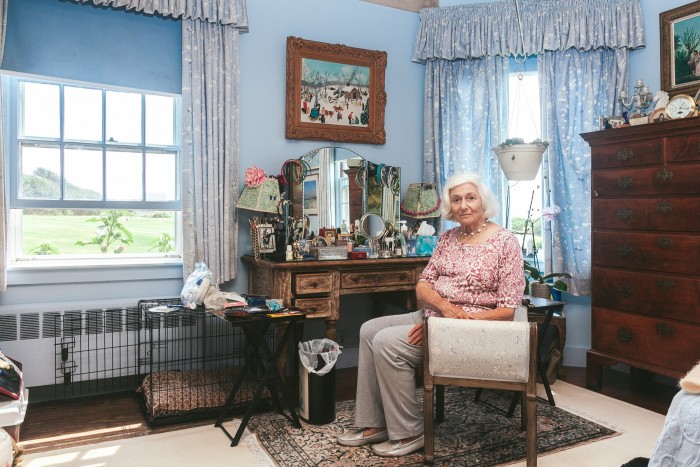
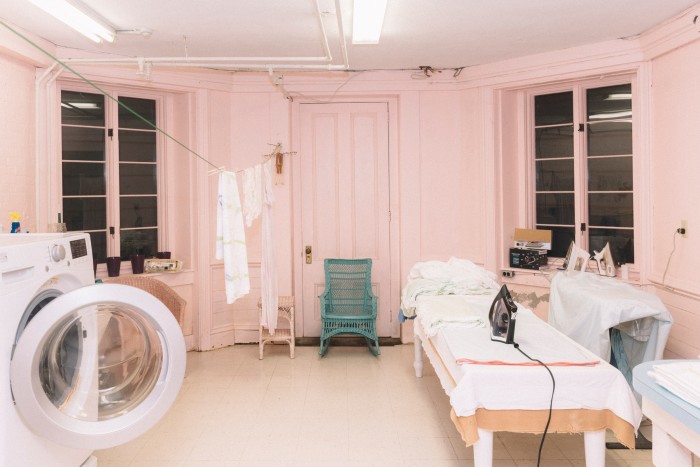
Duke was, in polite terms, eccentric. At Rough Point, her mock-gothic house at the furthest end of Bellevue, she kept two camels called Baby and Princess (since memorialised in topiary), had her morning-room fire so hot it melted her after-dinner chocolates, while her favourite pastime was to sit and mend broken china. In 1966 she infamously drove over and killed her artistic curator when he announced he was leaving her employ, an act she was acquitted of as “an unfortunate accident” 96 hours later; both detectives involved in her questioning were given promotions. There is no mention of this anywhere around Rough Point, which is now open as a museum, an omission so conspicuous that it verges on the comic. But her legacy in Newport is admirable. The happily lived-in salt boxes of The Point present an alternative as to how wealth might be usefully injected into a place – to create a living community.
By contrast, the “vast and florid” mansions, as Henry James described them, seem frozen in the past, stifling in their ostentation. Coxe told me that when Fellowes was in town to visit the location recently, he observed that “in England you have houses like this, but surrounded by thousands of acres of land”. In Newport, Coxe says, “we’re show-offs”. Built atop each other, a “village of palaces” was born.
Inevitably, I saw this façade of graciousness break down one evening over an off-the-record dinner of oysters and Martinis at Clarke Cooke House, which reminded me of the documentary Grey Gardens, following the intensely claustrophobic relationships between the eccentric Bouvier Beales.
But despite the harbingers of change, the mansions are still standing, and in a few weeks time the carousel will begin and the gardens will be humming once again. For many, they still represent the zenith of achievement – a place where one can still stand and admire a Georgian painting and raise a toast to the peeling furniture, and the survival of a near forgotten age.
A Newport Summer by Ruthie Sommers and Nick Mele is published by Vendome Press at $60. Baya Simons travelled as a guest of Black Tomato; seven nights in New England including a stay at The Vanderbilt, Auberge Resorts Collection from $5,890 per person, with a curated programme of experiences, private transfers and breakfast, excluding flights
Comments